Semicolons are most often used to join two full sentences together. In doing so, they provide a longer pause than a comma but a shorter pause than a period. They can also be used to make lists of items clearer to read.
To avoid any errors in your writing, here is how to use semicolons correctly:
1. Joining Full Sentences
2. Adverbial Conjunctions
3. Semicolons in Lists
1. Joining Full Sentences
When two full sentences have a close connection with each other, you can use a semicolon to join them together:
I’m going surfing this afternoon; the waves are perfect.
My cousin lives in Germany; I live in Taiwan.
The prize was a trip overseas; to be honest, I never thought I would win.
If we wanted to, we could swap each of these semicolons with periods and create two separate sentences for each example:
I’m going surfing this afternoon. The waves are perfect.
My cousin lives in Germany. I live in Taiwan.
The prize was a trip overseas. To be honest, I never thought I would win.
This trick is a good way to remember the rule for joining sentences together with a semicolon. All you need is a full sentence on both sides.
2. Adverbial Conjunctions
If you join two full sentences together with a conjunctive adverb (e.g., “however” or “therefore”), then a semicolon is needed before the conjunction:
My car was stolen; consequently, I have to take the subway to work.
I enjoy my job; however, the work hours are terrible.
My biggest fear is the sea; nevertheless, I’m learning to scuba dive.
In sentences like these, a comma is too weak to join them together—you need to use a semicolon. And as you can see, we’re still obeying the main rule: a full sentence is being used on both sides.
Here is a list of the common conjunctive adverbs that are used in this pattern:
therefore
finally
however
indeed
then
hence
consequently
besides
thus
other
thus
otherwise
accordingly
meanwhile
nevertheless
similarly
3. Semicolons in Lists
There is one situation where semicolons can be used without needing a full sentence on both sides. This is when you write a list that has more than one comma per item. In cases like these, you should separate the different items in the list with semicolons:
I visited three countries last year: Egypt, for the pyramids; Italy, for the culture; and Thailand, for the beaches.
This album has photos of my parents, James and Ann; my neighbors, the Ambers; and my best friend, Max.
By separating each item with a semicolon, the list is clear and easy to read. For instance, in the second example above, we can see that James and Ann are the speaker’s parents, the Ambers are his neighbors, and Max is his best friend.
Look how confusing the sentence would be if we only used commas the whole way through:
* This album has photos of my parents, James and Ann, my neighbors, the Ambers, and my best friend, Max.
Now it seems like James and Ann are a separate item from the speaker’s parents, and the Ambers look like a separate item from his neighbors. This makes a mess of the whole list. To avoid the confusion, don’t forget your semicolons.
For more help with your grammar, check out these fantastic books:
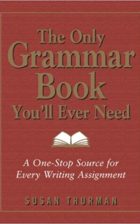
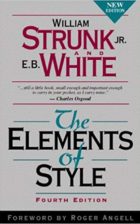
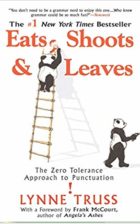

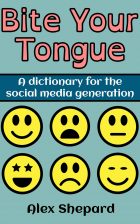
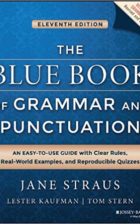
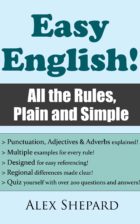
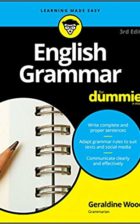
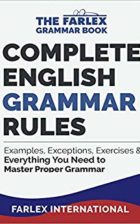
I always get confused about semicolons (I usually get them confused with colons). Thanks for the info!
Don’t worry – a lot of people mix them up. You can also check out our post on colons. It should help you tell them apart more easily.
Thanks for the help. I never got used to using semicolons in high school, so it feels good to brush up on this 🙂